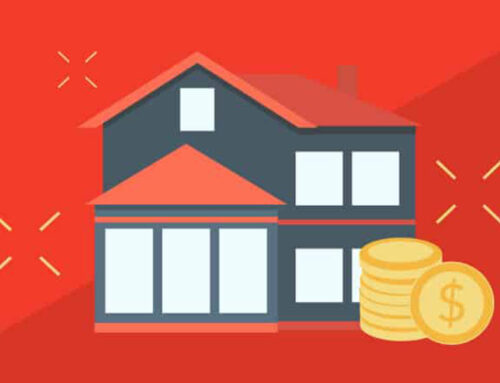I was over-the-top excited when I finished rehabbing my first investment house and just couldn’t wait to get it on the market. But, when the real estate agent mentioned staging it, I paused. While I know a lot about renovating, interior design isn’t really my strong suit. My first idea was to hire one of the many home staging companies in Chicago. Until, that is, I got sticker shock! As an investor, I wanted to do everything I could to get the house sold, but I didn’t have that kind of money. So, I reached out to HomeVestors® Development Agent, Alan Washer, for advice on how to stage a home for quick sale on a budget.
Alan, a veteran Chicago real estate investor who knows the ins and outs of maximizing profits, shared some home staging tips with me, and I’m going to let you in on what I learned.

Surround Yourself With Cheap Talent & Stylish Goods
Maybe you have a business partner, friend, or family member who has a flair for decorating? Hit them up for help! The money you save from not hiring a professional home stager can go toward acquiring furnishings.
Renting furniture can take some of the design legwork out of the equation. Some of the larger furniture rental companies offer everything from couches to vases and even spoons. You can do the picking and choosing of furnishings yourself, saving money by renting just a few key pieces. Alternatively, you can select an entire package of furniture that has already been put together by the company’s design team. Furnishing three complete rooms—a living room, dining room, and bedroom—will cost between $350 and $750 per month here in Chicago, depending on the style and quality you want. They will even deliver the goods and set up everything in the house for you so it looks move-in ready. Then, when your house is sold, they come back to pick it up.
Rental services like these are no doubt convenient, but if you plan on selling more houses in the future, however, it makes sense to purchase some quality used furniture and reuse it. This is the approach that Alan takes since he conducts many real estate transactions every year. “I own three houses worth of furniture and my wife is an interior designer,” he explains. “So, in terms of staging costs, I have my initial investment plus storage and transport expenditures. It doesn’t cost me as much as a professional stager and over two or three years, I actually make money on it.”
You’re probably not lucky enough to marry a professional designer like Alan, but you might be able to find someone talented in your network. Then, even if you rent or buy the furnishings, you are still saving money on staging the property.
Be Brave and Tackle the Designing Yourself
Although there’s a learning curve to effectively staging a house yourself, this option will save you the most money and, as a side benefit, expand your skill set. From Alan’s perspective, “Rehabbers already have some knowledge of design from picking cabinets colors, paint, and such. The next step is really just translating that into the furnishings.” You know what they say— the best training is on-the-job training!
The two most important rooms to focus on staging are the kitchen and bathrooms—even if you don’t want to put too much money into the design. Kitchens sell houses, but that doesn’t mean you have to go all out. “If you are really on a budget” explains Alan, “just use some stuff you have in your own house like cookie jars, a spatula holder, rugs, or magnets on the fridge. Hang a few pictures. Make the kitchen look lived in.”
Bathrooms are also easy, he says. Just hang some hand and bath towels. Taking this stuff from your own home doesn’t cost you anything!
If you do decide to spend a little extra on staging, Alan suggests that you can up the ante by going with local trends. In Chicago, recreation rooms and home theaters seem to be popular. You can stage a bedroom as a home theater by placing a large screen TV and some theater seating. This is just enough staging to help potential home buyers imagine the possibilities of the different spaces within the house.
Getting Even More Help
Staging your investment house can add a lot of value to the sale price, regardless of how you choose to go about it. With so many years of experience buying and selling investment properties around Chicago, Alan’s seen it proven time and again. If you have been dipping your toes in the local real estate investing pool, but not seeing the returns you would like, you can look to HomeVestors®’ “We Buy Ugly Houses®” brand to bring in unique leads that are only available to franchisees. Feel free to give HomeVestors® a call to find out about all of the tools and resources available, or request franchise consideration today.
Each franchise office is independently owned and operated.
Photo Credit: Unsplash user Nirzar Pangarkar
Contact
"*" indicates required fields



